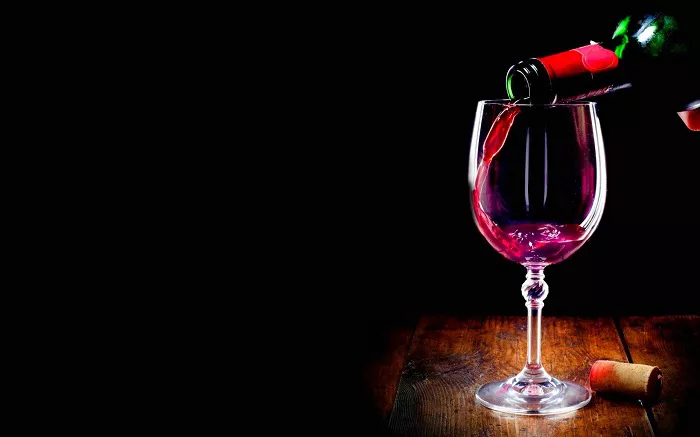Contrary to the popular narrative blaming millennials for the decline of the $330 billion wine industry, this generation is emerging as a vital force reshaping and, arguably, saving the sector. Far from abandoning wine, millennials—those born between 1981 and 1996—are not only buying more wine than previous generations but are also redefining how wine is collected, valued, and enjoyed.
With 83 million millennials in the U.S. wielding $1.9 trillion in annual retail spending power, their influence on the wine market is substantial. This cohort is overturning traditional assumptions about wine consumption and collection, blending pleasure with investment in innovative ways.
Rethinking Wine Collecting
Historically, wine collecting was a straightforward affair: purchase bottles, store them properly, and consume or pass them on. While some collectors sought blue-chip wines for drinking or auction, millennials are increasingly viewing wine as an alternative asset class. Brian Ward, principal of wine and spirits investing at Artory/Winston, notes that about half of the investors in their Cask100 fund—a portfolio of investment-grade wines and whiskies—are millennials. These investors appreciate the fund’s blockchain transparency and integrate fine wine into their broader investment strategies, even as they tend to drink less overall but opt for higher-quality wines.
Supporting this trend, studies reveal millennials dominate wine purchases over $15 per bottle, accounting for 83% of such sales. Moreover, 72% of high-net-worth individuals aged 21 to 43 are turning toward alternative investments like wine, compared to only 28% of those aged 44 and older. David Parker, CEO of Napa’s Benchmark Wine Group, confirms millennials are responsible for about 30% of his company’s sales of blue-chip collectible wines, with average purchases ranging from $700 to $800.
Quality Over Quantity and New Values
Millennials and Gen Z consumers prioritize quality, provenance, sustainability, and authenticity over sheer volume. This shift aligns with broader lifestyle values emphasizing health, wellness, and ethical consumption. Despite overall declines in wine consumption among younger generations, the value of wine sales is rising because these consumers are willing to spend more on better products.
This demographic also favors wines with lower alcohol content, natural or organic production methods, and transparent labeling. The rise of the sober-curious movement has increased demand for low- and no-alcohol wines, which are improving in quality and appeal. Additionally, millennials seek brands that demonstrate social responsibility, sustainability, and inclusivity, often supporting women- and minority-owned wineries.
Industry Adaptation and Future Outlook
The wine industry faces challenges as younger consumers explore diverse alcoholic and non-alcoholic alternatives, including craft beers, hard seltzers, and cannabis products. However, industry experts remain optimistic, emphasizing the need for innovation and alignment with younger generations’ values. Marketing strategies that highlight sustainability, lifestyle integration, and approachable wine experiences are critical to engaging millennials and Gen Z.
Successful brands like Whiny Baby have captured younger audiences through playful branding, interactive experiences, and social media engagement, demonstrating how the industry can evolve to meet new consumer expectations.
In summary, while millennials have been criticized for reducing overall wine consumption, they are simultaneously driving growth in premium wine sales and redefining wine collecting as both a lifestyle and investment pursuit. Their influence is steering the wine industry toward a more sustainable, innovative, and inclusive future.
This analysis draws on recent industry studies and expert insights highlighting the complex role millennials play in transforming the wine market.
You Might Be Interested In:


